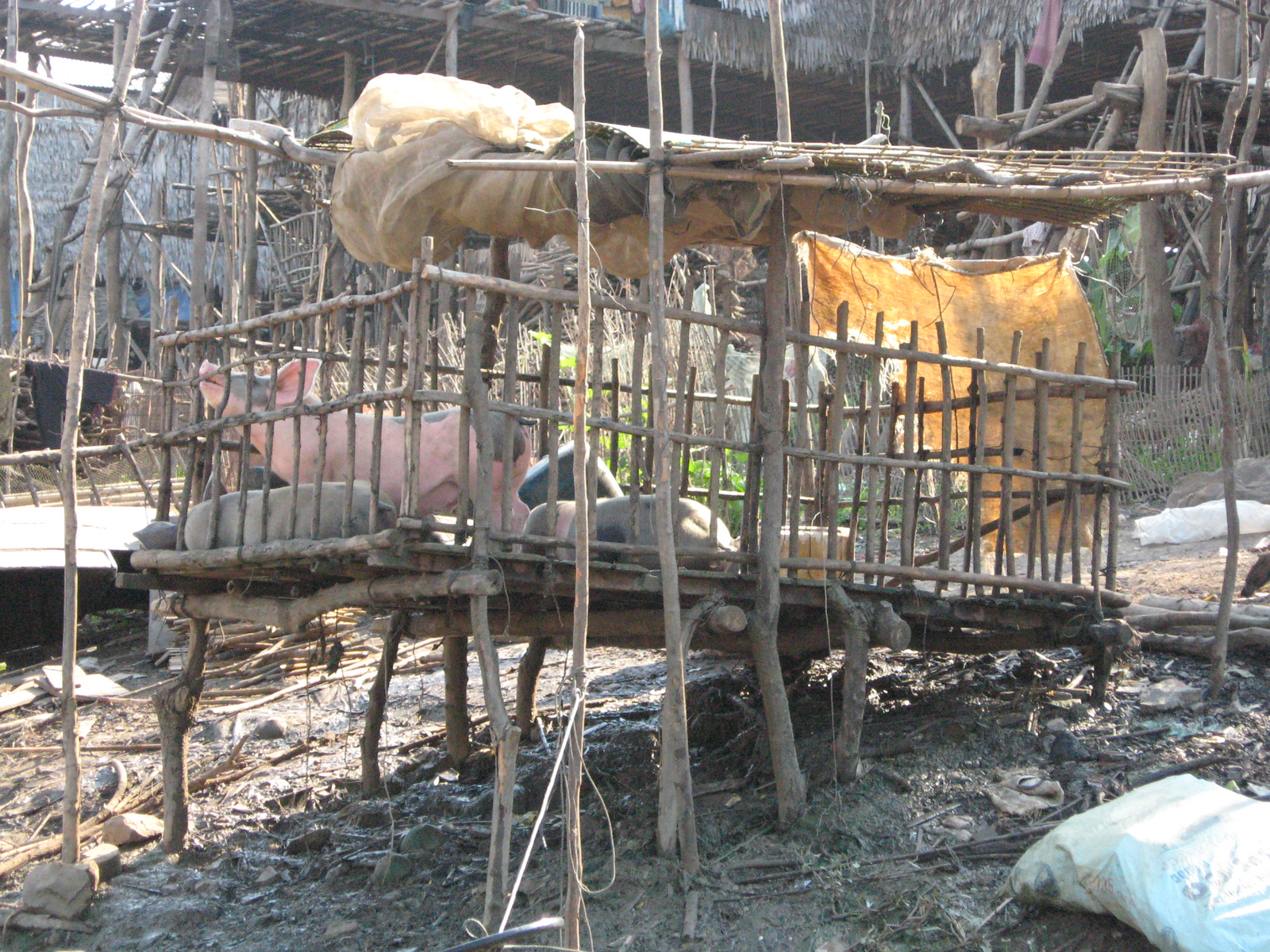Realising the projected growth of the next decade

Late in June OECD and FAO jointly published Agricultural Outlook 2013-2022. Have we already considered the implication for our businesses and activities? What is necessary for us to achieve the growth for the next-decade as the report projects?
By Kaori Nishide
Developing countries will be winners in the growth contribution stakes, with an 80% share of the additional global meat output towards 2022. The centre of business activities will inevitably have to be shifted from developed countries to developing countries, with required transfer of knowledge and production capacity. However, a number of conditions for livestock production, processing and transportation to the market will need to be in place, to maintain the operation competitive and profitable for all involved in the supply chain.
Constraints
Rising energy and feed costs that translate into higher production costs are major issues for livestock farmers coupled with increased competition for land usage, e.g. pasture versus crops, is adding a constraint to secure a strategic location for both raw materials sourcing and market place. Inadequate infrastructure could be an issue together with social issues relating to a shortage of educated and skilled labour on farms. Also the climate is not ideal everywhere to run livestock farms, which in part results in water constraints. These limiting factors all play a role in the growth projection to slow to 1.6% p.a. in the decade ahead, compared to 2.3% p.a. in the previous decade.
Productivity
Increased meat production is expected to be realised by productivity growth e.g. improved genetics, animal health and feeding practices in both the poultry and pig meat sectors, where production cycles are shorter and technical change quicker than for beef and sheep meat. However, further productivity gains will become increasingly harder to achieve, particularly where existing high levels of technical efficiency and economies of scale are bound to experience diminishing marginal returns. A notable example is expected for poultry, with a decline projected in production growth in developed economies from 3.7% p.a. over the last decade to 1.9% p.a. through 2022. A similar phenomenon, although to a lesser extent, is expected for pigmeat, with production growth decreasing from 1.8% p.a. to 1.4% p.a. over the next decade. Future productivity gains in these industries will increasingly depend on how well the sector invests in research and development and technological innovation, rather than simply wider diffusion of existing technology.
Knowledge sharing
Part of the challenges are directly related to business activities, but there are also issues which the livestock industry is only indirectly involved in, especially in developing countries. With all those challenges ahead of us, co-operation is key – with local industry, society and policy makers. The aim being to support the development of the local economy and environment, eventually to realise a larger livestock production. Sharing knowledge of farming practices, animal health, disease prevention, nutritional requirement, feed efficiency among other fields of expertise with organisations and individuals throughout the livestock supply chain is a success driver, as what one considers ‘best practice’ could be a totally new vision for another.











